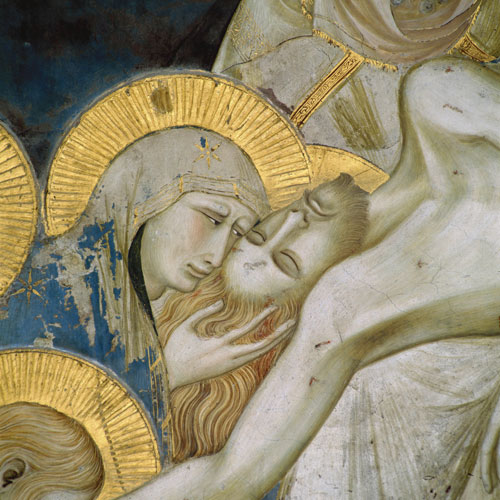While reading Angela da Foligno’s memorial, I noticed that a lot of what she said in her steps of repenting her sins showed guilt, pain, and she seemed kind of remorseful. For instance, in steps 8 and 10, she talked about how she became aware of her sins with great pain, and understanding. She stated that God had rescued her from her sins and hell, but that in a way she feel like she crucified him. Angela paints a picture in our minds when she states “….he appeared hanging on the cross. He told me that I should look at his wounds”…” He showed me all that He endured” etc. It was her way of showing us that God had gone through a ton, being sacrificed for her sins, but that she was still reminded of them when he states “All this I endured for you.”
Tag: Angela da Floigno's Memorial
Angela da Foligno: Step Fourteen
Angela Da Foligno’s story has amazing imagery that came through very strongly. In her story, she talks about the steps it took that made her closer to God. In my opinion, the step that had the best imagery was step number fourteen. Angela talks about how Jesus spoke to her and gave her a greater knowledge of himself. Angela states, “He summoned me and told me to place my mouth at the wound in his side; and it seemed to me that I was seeing and drinking his blood as it was freshly flowing from his side.” This particular quote from Memorial of Angela da Foligno was very significant to me because of how integrated the details were. After she drunk his blood, he told her that it was cleansing her, which is also another detail that was very notable because of how squirmy it made me. I also enjoyed how she told this as a story and explained the step by step process of how this gruesome event happened. It helps me as the reader create a scene and setting for the words on the paper, like a movie in my head.
Analysis of Angela da Foligno’s Memorial
While reading Angela da Foligno’s Memorial, I noticed a common theme of pain being brought up throughout the thirty steps of cleansing oneself of a sin. As each step continued on, Angela seemed to deal with more and more pain; most steps being filled with shame, bitterness, and no love. As each step increased, so did the pain. For example, in step seven, she reflected alongside the cross and pondered upon the reasons Christ died, and how he died for her sins. As she kept this journey going and reached step nine, her husband, mother, and child died. She was aware of their deaths, and happened to accept it as she knew they were “a great hindrance” to her and her cleansing process. Although she felt “deep consolation following their deaths” and all of the other painful events she had to go through, she kept pushing through and completed all thirty steps of cleansing.





